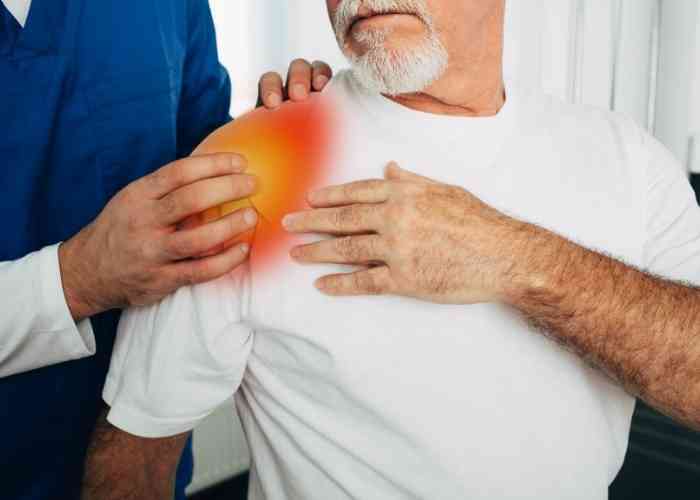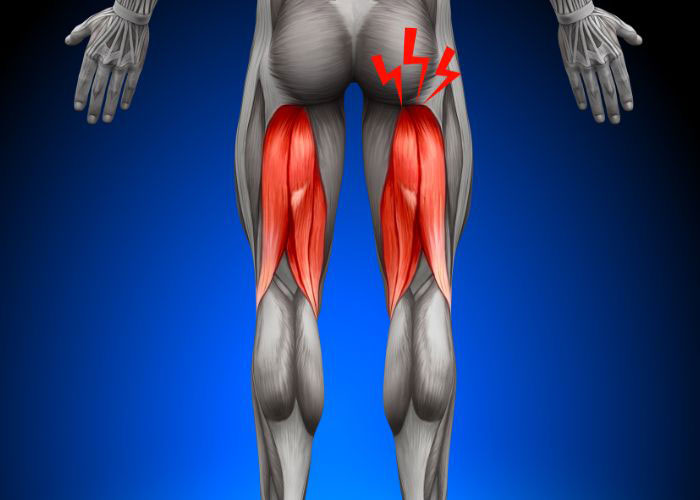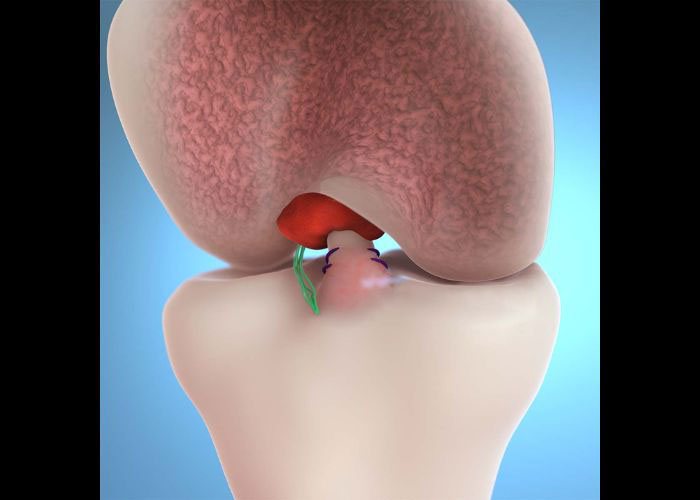What is shoulder arthritis?
The shoulder contains three joints that are formed where the ends of two bones meet. Surrounding the ends of these bones is a cartilage layer that provides protection, but primarily aids in joint movement by enabling the bones to painlessly glide over one another. This cartilaginous sheath can erode over time from the natural aging process or an untreated injury. The erosion of this tissue can result in bone-on-bone movement known as shoulder arthritis. Eventually, this condition can lead to chronic pain, joint damage, and in rare instances, loss of movement. Dr. Ronak Mukesh Patel, orthopedic shoulder specialist serving patients in Sugar Land, Pearland, and the Houston, Texas area, has the knowledge and understanding, as well as substantial experience, in treating patients who have experienced shoulder arthritis.

Are there different types of shoulder arthritis?
Shoulder arthritis only affects two of the three shoulder joints. The glenohumeral joint is formed by the articulation of the head of the humerus (upper arm bone) into the glenoid socket of the scapula (shoulder blade). The acromioclavicular joint connects the highest portion of the shoulder (acromion) with the clavicle (collarbone). These two shoulder joints can be impacted by one or more of the following types of arthritis:
- Osteoarthritis: This painful arthritic condition develops from natural cartilage degeneration with chronic shoulder use. This is the most common form of shoulder arthritis seen in patients over the age of 50.
- Rotator Cuff Arthritis: A rotator cuff tendon tear can cause the rotator cuff muscles and tendons to improperly function. The continuous wearing of the shoulder cartilage can lead to this specific type of arthritis, also known as rotator cuff arthropathy.
- Rheumatoid Arthritis: This autoimmune condition results in cartilage damage when the body’s own immune system attacks and destroys this tissue.
- Post-traumatic Arthritis: As the name suggests, a traumatic event, fracture, or recurrent shoulder dislocations generally precipitate this arthritic condition.
What are the symptoms of shoulder arthritis?
Individuals with suspected shoulder arthritis frequently complain of shoulder pain that varies between a dull ache and episodes of intense and sharp pain. Some other common symptoms of shoulder arthritis include:
- Stiffness and weakness of the affected shoulder
- Shoulder range of motion is decreased
- Worsening pain at night, especially with active shoulder use throughout the day
- A grinding or catching sensation with shoulder movement
- Difficulty moving or lifting the affected arm, especially overhead or behind the back
How is shoulder arthritis diagnosed?
Dr. Patel obtains a comprehensive medical history that includes the initial injury, any previous shoulder injuries, or other underlying health conditions that may contribute to shoulder arthritis. This interview is followed by a thorough physical examination involving an evaluation for areas of pain and tenderness and an assessment of shoulder mobility. Diagnostic imaging studies, such as x-rays and, rarely, magnetic resonance imaging (MRI), can be beneficial for confirmation of shoulder arthritis as well as identifying damage to any of the other structures within the shoulder.
What is the treatment for shoulder arthritis?
Non-surgical treatment:
Non-surgical therapies alone are often all that is needed to treat mild to moderate shoulder arthritis. The pain and inflammation associated with this condition can be controlled with a combination of rest, alternating heat and ice application, and non-steroidal anti-inflammatory medications (NSAIDs). If these symptoms are still bothersome with oral medications, an injection of corticosteroids, viscosupplementation (gel), and/or platelet-rich plasma (PRP) can be administered directly into the shoulder joint. Once the pain and inflammation subside, Dr. Patel may recommend a physical rehabilitation program that aims to improve range of motion and strengthen the shoulder.
Surgical treatment:
Patients with more severe shoulder arthritis symptoms, or when non-surgical therapies fail, may necessitate surgical intervention. An individualized treatment plan will be designed by Dr. Patel according to the patient’s age, medical history, severity and complexity of symptoms, and activity level. Below are some of the surgical treatment options available to treat shoulder arthritis:
- Shoulder Arthroscopy: This is a minimally invasive surgical technique that utilizes a small camera (arthroscope) to view the shoulder structures and specialized surgical instruments to excise and remove the damaged tissue fragments. Although this surgical approach can alleviate symptoms, it does not prevent further arthritic damage to the shoulder joint and is reserved only for specific cases.
- Shoulder Replacement: This surgical procedure, also known as shoulder arthroplasty, replaces the ball-and-socket portion with metal and plastic pieces. The metal ball and plastic socket work cohesively to return smooth and pain-free motion back to the shoulder joint. The new shoulder prosthesis may last between 10 to 20 years, so this total shoulder replacement is typically reserved for older patients.
Shoulder Arthritis Specialist

Do you have mild to severe shoulder pain that worsens with activity? If so, you may have shoulder arthritis. Middle-aged adults and the older population experience shoulder arthritis more often than younger people, due to the aging process and the wear and tear on the joint. Shoulder arthritis specialist, Doctor Ronak Mukesh Patel, provides diagnosis as well as surgical and nonsurgical treatment options for patients in Houston, Sugar Land, and Pearland, TX who are experiencing the symptoms of shoulder arthritis. Contact Dr. Patel’s team today!








